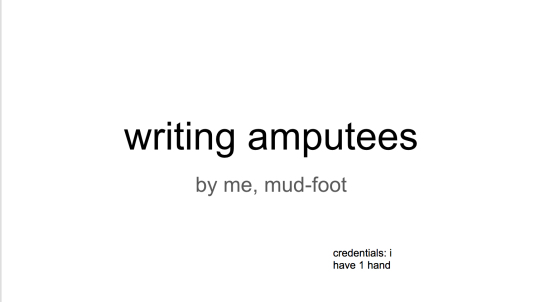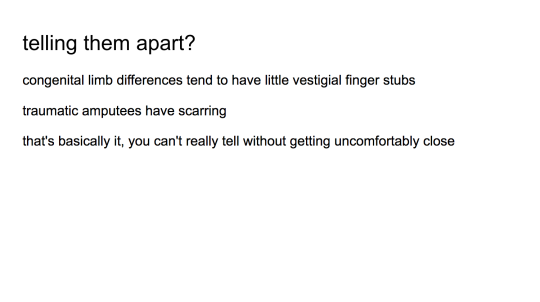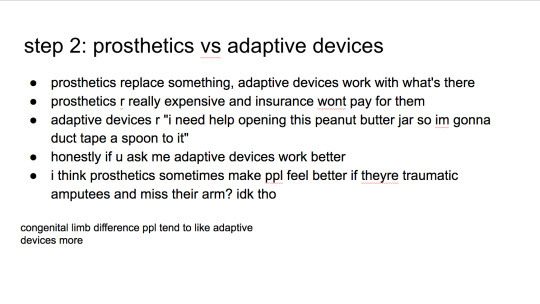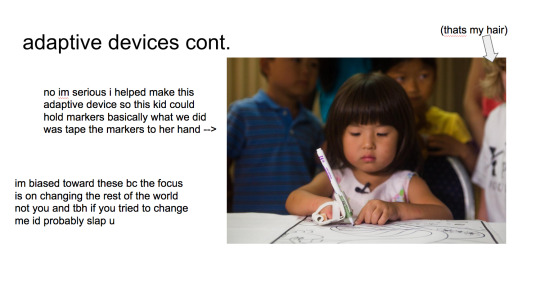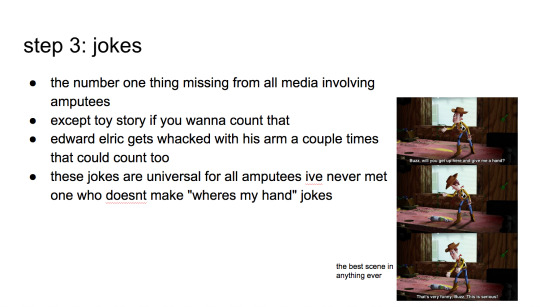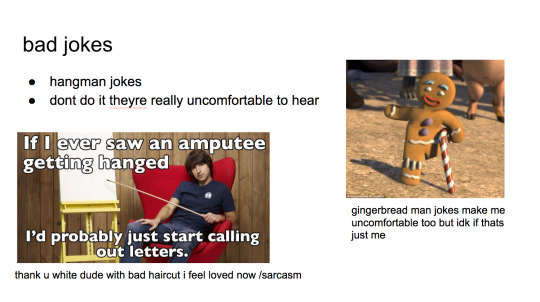So I see nobodies stopped me, so now I'm making a blog focused on writing. My current wips are 'Blue Sun', 'The Adventures of Avoca' and 'Urban Witch'. My main/art blog is @so-this-is-what-hell-feels-like
Don't wanna be here? Send us removal request.
Text
wear a different perfume when you commit murder fuckin amateurs
1M notes
·
View notes
Text
My ability to proofread increases by 1000% after I hit “Submit”.
121K notes
·
View notes
Photo

Here’s an invaluable writing resource for you.
77K notes
·
View notes
Text
Plot tables: Mapping out and organizing all your plots and storylines

Can't organize your plot and are juggling between several plot lines? I got your back, I present: Plot tables!
(I'm probably not the only person to use these, but I have no idea if these are commonly used and I just don't know about it or I actually did something with this)
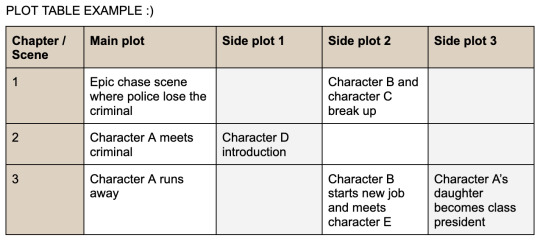
Here's a loose example I threw together. It's just a normal table where each column represents a different storyline within the same story. It shows you roughly what should happen in each chapter / scene.
e.g., from the example table, we see that in chapter / scene 1, there's a chase scene where the police lose track of the criminal they're following, as well as in the same chapter we see character B and C break up.
It's nothing groundbreaking, but it's something I want to share considering the amount of people I see complaining about juggling 50 million storylines and having no orderly way to keep track of it

4K notes
·
View notes
Text
How do you write healthy parent-child relationships?
119K notes
·
View notes
Text

Writer friends, I discovered a fun website today. It’s called “I Write Like” and here’s the description: Check which famous writer you write like with this statistical analysis tool, which analyzes your word choice and writing style and compares them with those of the famous writers. Let me know which autor you got!
82K notes
·
View notes
Text
If your plot feels flat, STUDY it! Your story might be lacking...
Stakes - What would happen if the protagonist failed? Would it really be such a bad thing if it happened?
Thematic relevance - Do the events of the story speak to a greater emotional or moral message? Is the conflict resolved in a way that befits the theme?
Urgency - How much time does the protagonist have to complete their goal? Are there multiple factors complicating the situation?
Drive - What motivates the protagonist? Are they an active player in the story, or are they repeatedly getting pushed around by external forces? Could you swap them out for a different character with no impact on the plot? On the flip side, do the other characters have sensible motivations of their own?
Yield - Is there foreshadowing? Do the protagonist's choices have unforeseen consequences down the road? Do they use knowledge or clues from the beginning, to help them in the end? Do they learn things about the other characters that weren't immediately obvious?
92K notes
·
View notes
Text
I have a mute character in the story I’m writing and one of my beta readers suggested I use italics when they sign so that I don’t have to keep peppering “they signed” or “their hands flashed” throughout the piece.
But like…I always read italics in a different tone like they’re thoughts. It seems quieter than using normal quotations which makes what they say look less significant on the page than other character’s dialogue.
I really don’t think my audience needs me to use completely different punctuation around a mute character. There’s no need to act like they’re speaking a different language since their muteness isn’t a focal point in the story.
So really this reader’s comment has done the complete opposite of what they intended. Now I’m actively taking out as many of my “hands flashed” notations as possible and just writing in normal body language because, clearly, the other characters understand them and my audience doesn’t need to be coddled.
77K notes
·
View notes
Photo

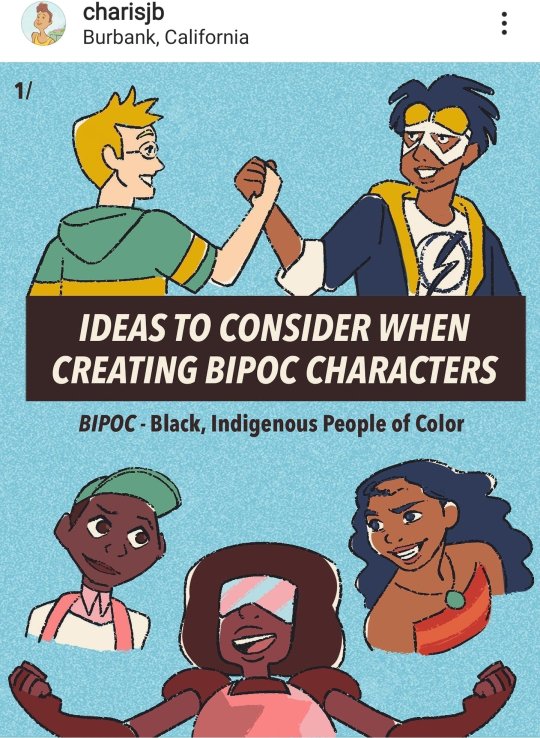
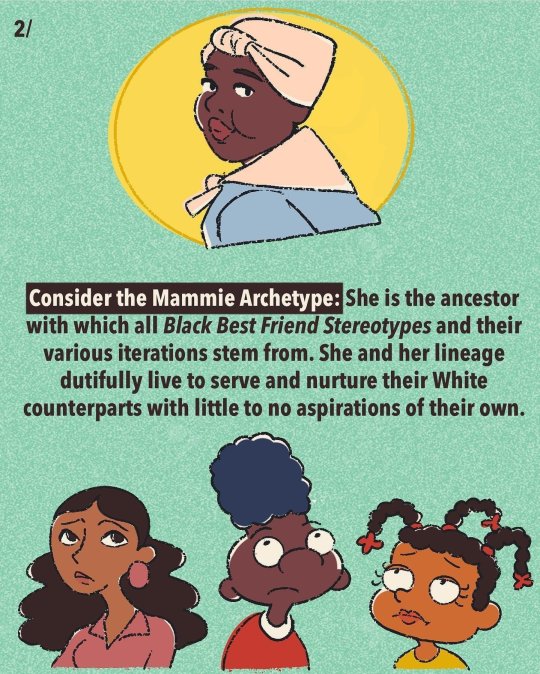
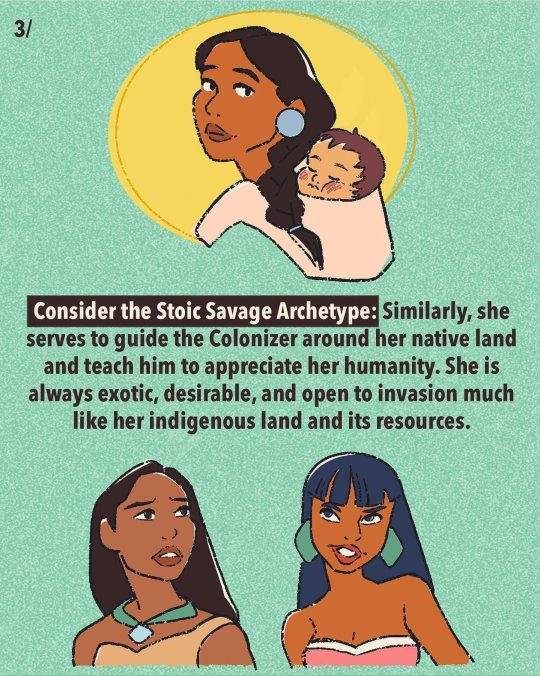
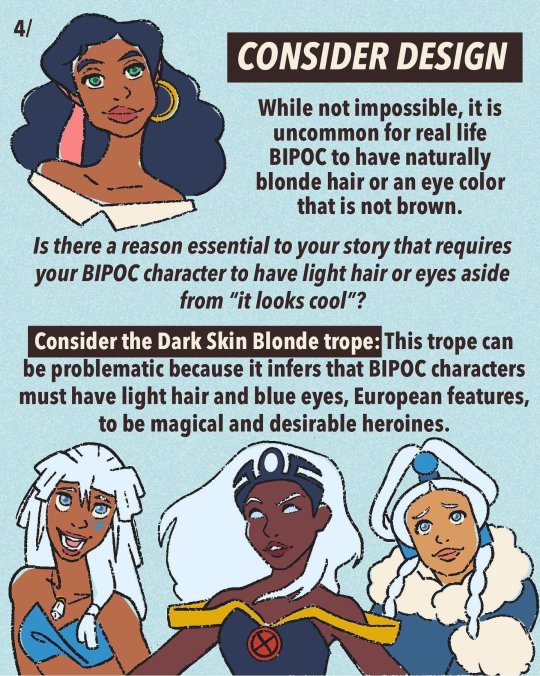
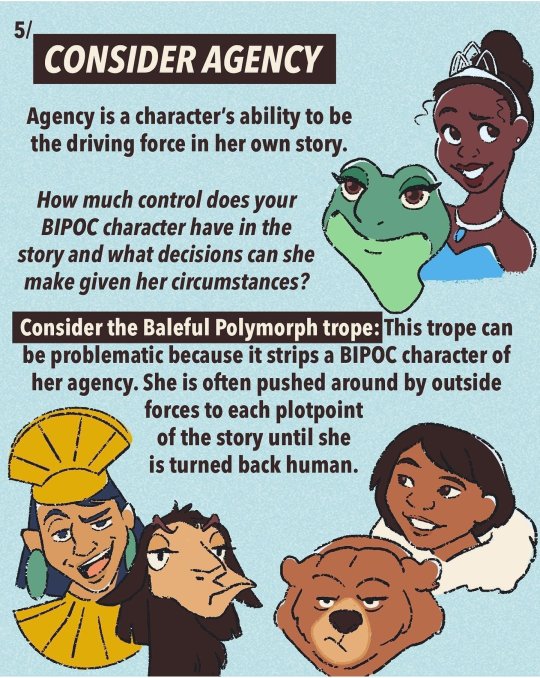

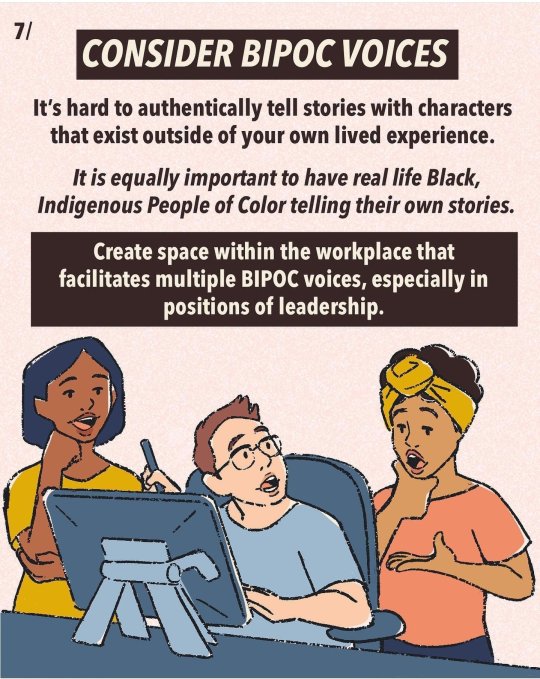
Important ideas to consider when creating characters who are black and indigenous people of color. (x) (Creator’s instagram post)
188K notes
·
View notes
Text
Words to Describe Hair

Image: Words to Describe Hair: Afro | Curly | Straight | Look | Texture | Style | Color
Photo credits: Alex Nemo Hanse
This began as a guide to describing Afro / curly hair but of course, I got carried away. From look and texture of hair, colors and various styles, this guide serves as a thesaurus of sorts for hair, as well as pointers for use in your writing.
Please check under the read more for an accessible version of these lists
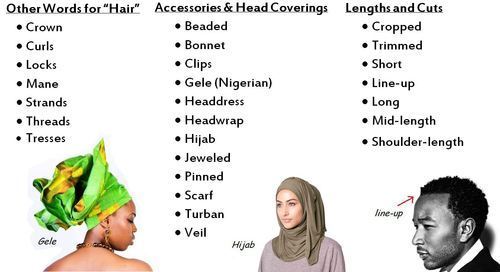
Culturally Significant Hair Coverings:
Know the meaning behind head wear and why it’s worn, when and by whom, such as a Native Nation’s headdress, before bestowing a character with it.
Head Coverings Resources:
More on various head coverings.
See here for more Islamic Veils.
See here for more on the Nigerian gele.
See here on African American Headwraps.
View our hijab and headscarves tags for discussion on these topics.
Afro - Curly - Straightened

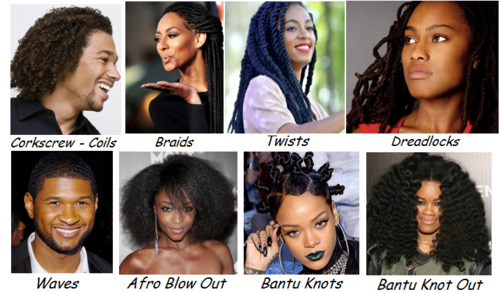
There are many varieties of braids, twists & Afro hair styles; have some more!
African/Black Hair: Natural, Braids and Locks
African Hair: Braiding Styles 10 African Types
Describing Black (Afro) hair:
Appropriative Hairstyles: Keep in mind that Afro styles should be kept to those in the African Diaspora, such as dreadlocks, cornrows + certain and many braided styles.
Also, “locs” is a more favored term over “dreadlocks” for many people.
Tread carefully describing Afro hair as “wild” “unkempt” “untamed” or any words implying it’s unclean or requires controlling.
“Nappy” and “wooly” are generally words to stay away from, the first having heavy negative connotations for many and the latter, though used in the Holy Bible, is generally not acceptable anymore and comes off as dehumanizing due to Animal connotations.
There are mixed feelings on calling Black hair “kinky.” I’m personally not opposed to the word in itself and usage depends on the person’s race (I’m more comfortable with a Black person using it vs. a Non-Black person) as well as their tone and context (if it’s used in a neutral or positive tone vs. negatively/with disdain). Get feedback on your usage, or simply forgo it.
See our tags “Black Hair” and “Natural Hair” for more discussion on describing Black hair.
Texture - Look - Styles
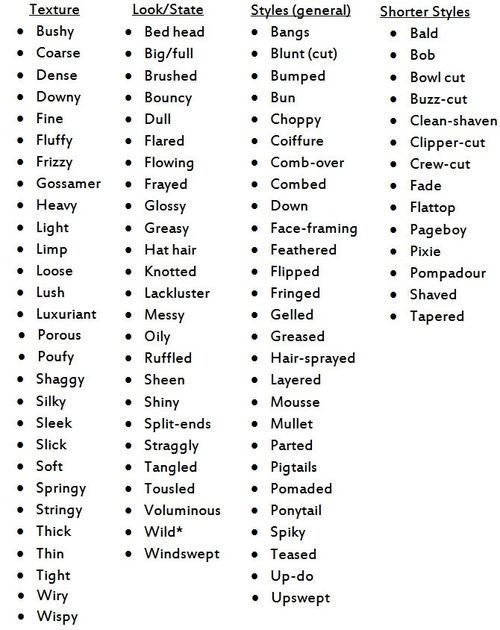

Hair Colors and Style
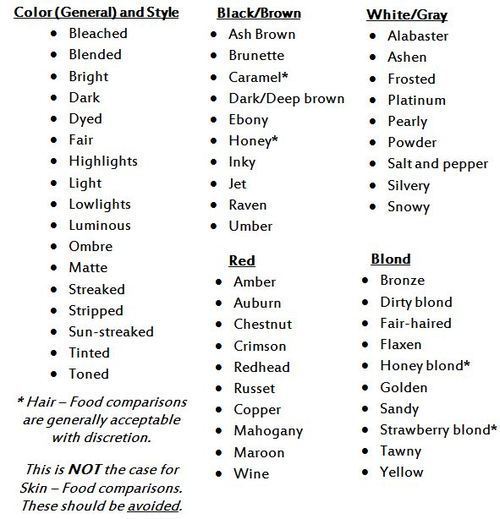

Writing Tips & Things to Keep in Mind:
Combination Words: Try combining words to illustrate look of hair. A character with springy coils that dance across her shoulders with every movement, the man with thick silvery hair slicked back into a ponytail…
Mind Perspective: Depending on POV, a character might not know exactly what cornrows or a coiffure style is, at least in name, and it might make more sense if they described the hairdo instead. More defining terms might come from a more knowing source or the wearer themselves. One book I read described a girl’s afro puff as “thick hair pulled up into a cute, curly, poufy thing on top of her head and tied with a yellow ribbon.”
POC & Hair Colors: People of Color’s hair comes in all shades and textures. There are Black people with naturally blond and loosely-textured to straight hair, East Asian people with red hair, and so on. Keep that in mind when coding characters if you tend to rely on hair color alone to denote a character is white vs. a Person of Color.
Related Tropes: There are tropes and discussion related to People of Color, colored hair, and light-colored hair and features.
Check out these posts on the topic: The East Asian Women + Colored Hair Trope - Black Characters & “Wild” Hair Colors - POC w/ Supernatural Colorful Features. - ‘Uncommon’ Features & POC Characters
~Mod Colette
Read more for accessible versions of the lists:
Keep reading
77K notes
·
View notes
Text
Writing a novel when you imagine all you stories in film format is hard because there’s really no written equivalent of “lens flare” or “slow motion montage backed by Gregorian choir”
170K notes
·
View notes
Text
3 Tips for Writing an Escape Scene

1. Foreshadow how your hero will escape.
Some escape scenes feel contrived because the hero’s method of escape comes out of nowhere—an ally shows up to rescue them, the villain makes an out-of-character, careless mistake. (This isn’t to say your hero can never be rescued, or the villain can never make mistakes, but they should make sense within the story.)
One way to make escape scenes more realistic is to have the hero prepare. Perhaps the hero, knowing capture was possible, hid a tool on their person that would come in handy later. Perhaps they informed their allies of what might happen. This method isn’t always possible, but it can definitely make your hero’s plan feel more fleshed out.
To leave some surprise, you don’t have to fully reveal how your hero prepared for capture, but there should be some sort of hint.
Another method is to have the hero use their pre-established strengths, or the villain’s pre-established weaknesses, to their advantage. Does your cunning hero know what the villain wants more than anything? Perhaps that knowledge could help them trick the villain.
Not only does foreshadowing make escape scenes more realistic, but it also helps your narrative choices feel intentional. It makes the hero’s escape meaningful to their character.
2. Your hero’s plan should work…partially.
An escape with no unexpected hurdles will likely seem both too easy, and boring.
Your hero might trigger a hidden alarm. They might plan to meet up with an ally, only to find—upon arrival—that the ally is MIA. They might injure themself in the hazardous environment from which they’re escaping.
These pitfalls will again add realism, but also a key element of escape scenes: suspense. Your hero will be forced to think on their feet, and adapt their plan as to not be recaptured.
3. Use short sentences, and zoom in on your hero’s perspective.
Both of these strategies will bring the reader closer to the hero, and the adrenaline they’re experiencing. Short sentences create a sense of urgency.
To “zoom in on your hero’s perspective,” imagine the escape through their eyes—literally.
For example:
“He dashed past the dark trees.”
Can become:
“As he ran, the trees morphed into dark blurs around him.”
The imagery of your writing becomes more vivid when you consider not just the hero’s actions, but how they’re perceived by the hero. In this case, putting the reader in the hero’s shoes can amp up the intensity of the scene.
Thanks for reading! Remember that these are just general tips, and you should always consider the context of your story.
188 notes
·
View notes
Text
hey writeblrs, tips for writing good parents and healthy wholesome parent-child relationships?
1K notes
·
View notes
Text
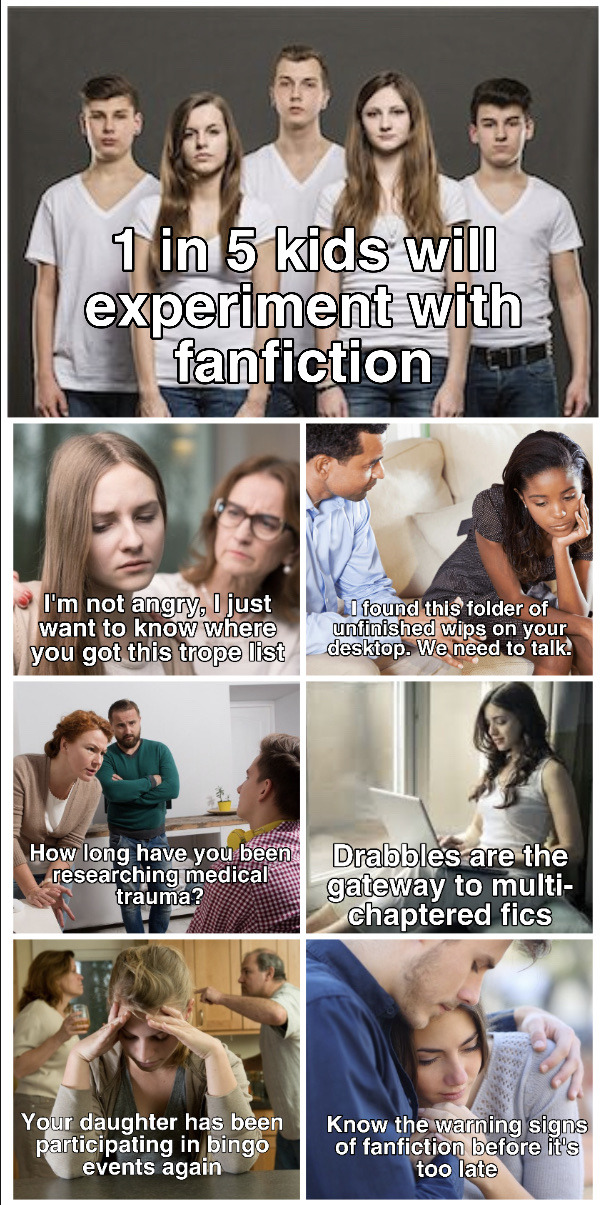
Don’t wait. If you see something, say something.
25K notes
·
View notes
Text
What people think writers’ search histories look like: how to get away with murder, best way to dispose of a body, how long do humans take to decompose, how much blood do you have to lose to die, can i strangle someone with dental floss... etc
What an actual writer’s seach history looks like:

28K notes
·
View notes

